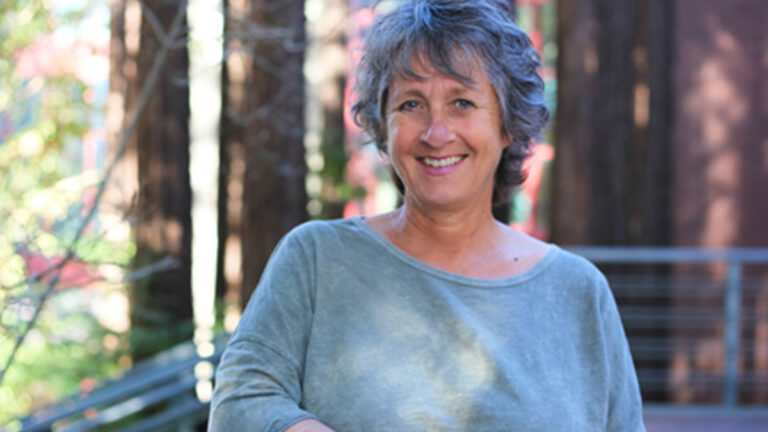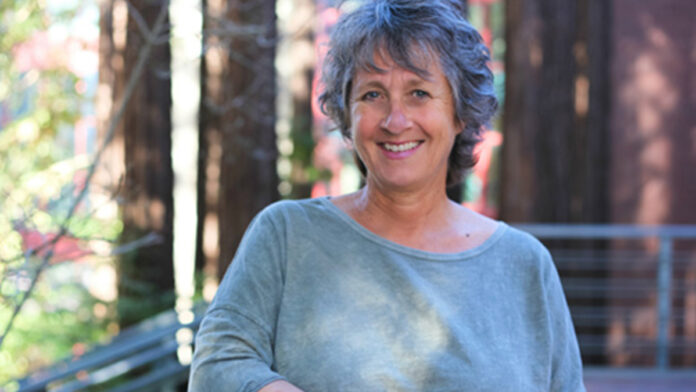Esoteric astrology as news for the week of March 11, 2020
Mercury turned stationary direct on Monday. It seemed a short Mercury retrograde this time. Strange and unusual, too, with the virus spreading, the stock market volatility, fear of the unknown, of illness and then panic buying. We still don’t know what’s ahead, but we know humanity itself is strong, brave, creative and, like Hercules, the warrior that always triumphs.
Multiple planets are responsible for the changes occurring in our world: Saturn/Pluto in Capricorn transforming and restructuring our culture and civilization; Uranus in Taurus, breaking down quickly and radically old ways of living, challenging us to a new way of life, the new art of living.
Uranus is revolution, freedom, liberation, new archetypes, new rhythms. It rules, guards and guides the new era (Aquarius). Pluto and Uranus together are restructuring and destroying that which cannot be part of the new world. Taurus tells us a new value system will be needed as the new monetary system shifts humanity from materialism to a sharing society. We are experiencing the first signs of a new life, a New Age, emerging. Uranus is impatient, quick, action-oriented, initiating directly with no pauses, demanding that the very spirit of life enter form and matter, manifesting in new ways.
Uranus transcends limitations, disrupts us, shifts our perspectives with lightening-bold suddenness. Uranus is the fire of heaven (which Prometheus captured). In anchoring new realities, Uranus also offers humanity deep insight, imagination, intuition, electrical currents (the “waters of life poured forth for thirsty humanity”) on how to integrate and handle the new energies.
Envisioning the future, Uranus challenges us to bring forth all that’s new, with courage, vision, cooperation and a sense of community. It’s a brave new world we are entering.
ARIES: You are the first one who receives instructions directly from mind of God (Uranus) informing you that everything must change. In your world-work at this time, become the initiator, designer, architect and inventor, leading the other eleven signs in cooperatively building the new communities. This is an interesting task, since cooperation isn’t your specialty. However, since you’re an initiator leader, you will learn. Call upon Uranus for help. Keywords: Monumental change.
TAURUS: So much is being released from your body, emotions and mind about the present world crisis. There’s hardly enough time each day to complete tasks. You realize there’s a new path to be walked upon, the previous one fast disappearing. You have done much preparatory work for the new journey to new lands. It will take time for this journey. At the end we will all be profoundly changed. Follow your dreams. Keynote: Saving the world.
GEMINI: You are to meet new people, enter a new group, a new spiritual social network. The previous people in your life no longer serve your dreams. The new people are unusual, eclectic, interesting. They meet your aspirations for spiritual depth, esoteric and astrological study. A place has been prepared for you. All that you have known now feels limiting, uninspiring, without humor, dull and tedious. The next step is up to you. Keywords: Esoteric group.
CANCER: In the coming years, beginning now, new gifts, talents, abilities and achievements begin to appear, slowly at first, and then pouring down like a spring rainfall. You discover yourself, feel freedom for the first time, seek freedom for others. Now you understand what it was like not to be free—from emotional obstacles, beliefs, criticisms, intimidation and thought-forms you thought were real. All that is old disappears. You stand “revealed.” Keyword: Talents.
LEO: Many and various events cross your path, creating adventures, new goals, and a new spiritual and/or religious state. You may travel far and wide, consider dual citizenship, study alien life forms and indigenous cultures. Everything foreign (different) and cultural becomes your focus. It heals you. Study unexpectedly begins, ends, shifts dimensions. Are you to found a college, a publishing house, an animal sanctuary? Keywords: Perception radicalizes.
VIRGO: Pay close attention in the coming years. Everything concerning money, resources, inheritances, wills and taxes shapeshifts. You will learn many things, enter new territories, new dimensions. You will learn how to value, safeguard and cherish what you have. This empowers you. You will transform, rise up like a phoenix, soar like an eagle. So much uncertainty at first, later leads to new and greater understanding (which you always seek). Keyword: Experimentation.
LIBRA: An interesting new energy is transforming your relationships. You will learn to identify, live with, adjust and be at ease with whatever presents itself. You will realize time and differences create change, and change allows everything to thrive. You cultivate change in your relationships by introducing new and exciting ideas, plans, and ways of living different than what most think possible. Initiate the idea that all minds are created equal. And forgiveness is the key. These are revolutionary. Keywords: Cultivation, as in a garden.
SCORPIO: You will realize that all relationships must have, at their center, freedom and equality. You will not tolerate anything that creates a hierarchy of power-over or dominance in any part of your life. In your workday world, you seek to be free of restrictions. And so daily routines unravel, the wound is visible, diet and exercise call for changes to meet your body’s health and well-being. Everything changes. Nothing stays the same. Keyword: Finally!
SAGITTARIUS: You feel the change occurring in your creative self-expression, playfulness, spontaneity. You become the shining example of all things new. Many will embrace your emerging true self. Others will be disturbed. As you become more and more out of the ordinary, creativity increases. There could be unexpected love affairs (they come and go), a pregnancy (real or metaphor), a risk-taking windfall. You become the protector of children. You sense you “have it all.” Keyword: Uninhibited.
CAPRICORN: Your sense of self is in the process of profound change. You are gathering all gifts and talents from all past lives. Each gift and talent is a stepping stone, from past to present/future. You are building a temple with these gifts. Recognition of them rearranges your sense of who you are. Something about home needs changing or is restricting. Keep communication open, sharing with loved ones regularly. You want to serve. You want something. What is it? Keywords: Contact (communication) releases love.
AQUARIUS: What was written for Aries applies also to you, but in a different context. You, along with Aries and Gemini, are responsible for the distribution of ideas that become ideals within the minds and hearts of humanity. Through writing, art, publishing, comedy and the art of conversation, you are to introduce new concepts that help create the new Aquarian era. You are to make the contacts that release the love that underlies all happenings the world. Keywords: Conscious intention.
PISCES: Your values, self-worth, resources, assets, finances and possessions shift unexpectedly until they reach a balance and equilibrium. A new state of thinking, ideas, communication and revelations soon emerges. Your skills increase, your wounds heal, recognition occurs, and brilliance from the raincloud of knowable things (a magnetic center) becomes available. The rollercoaster stops. Keywords: “Build it (in the group imagination, in writing). They will come.”


























